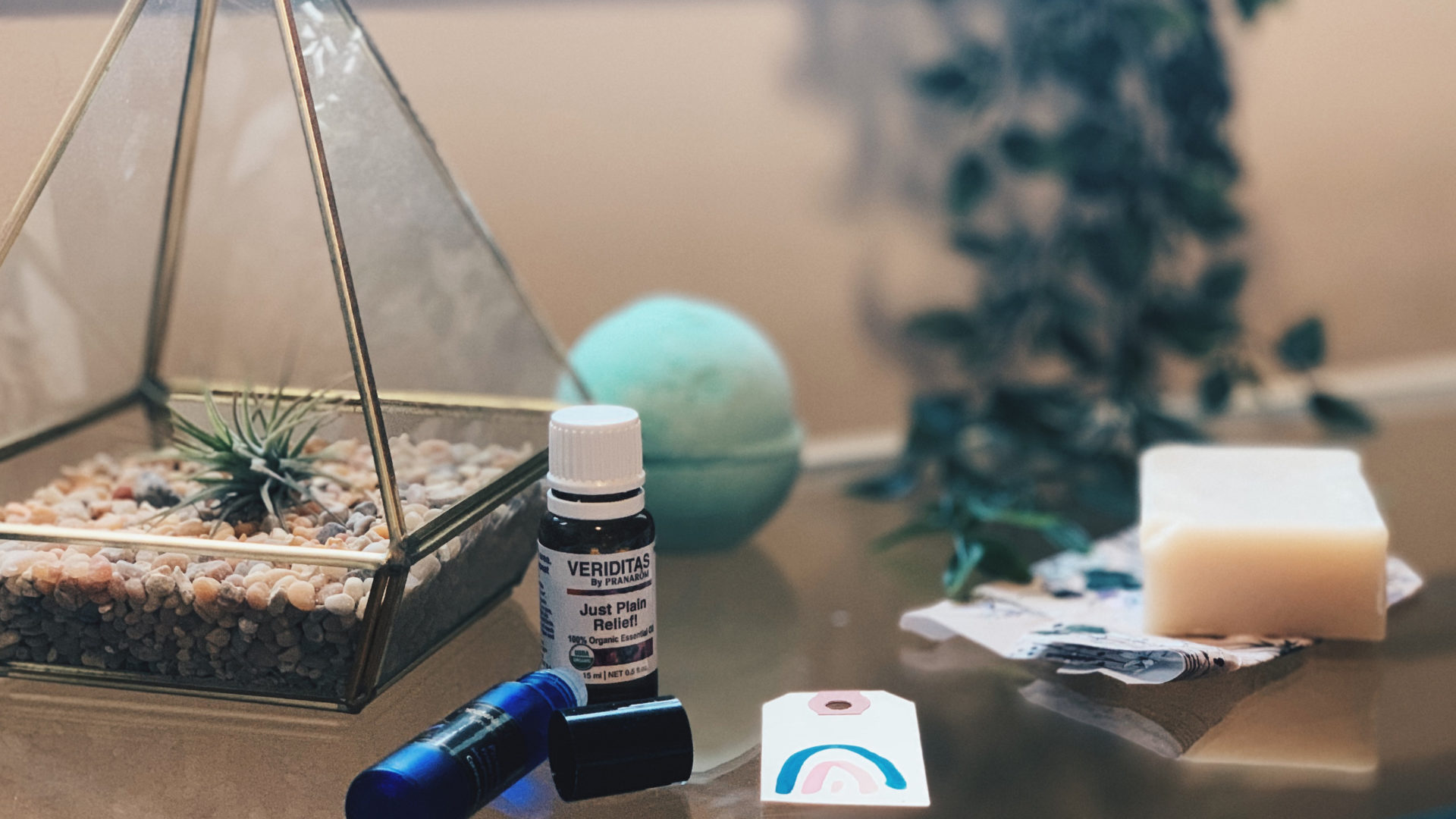In the larger conversation of resilient practices, or wellbeing, or (already an on-the-way-to-outdated term) self-care, people are often quick to say “And I don’t just mean bubble baths and yoga,” or “bubble baths and candles,” or “bubble baths and manicures,” or really, bubble baths and anything. Bubble baths have become the mascot of superficial self-care, the epitome of fragility shallowly masquerading as resilience.
I get the disdain. I’ve even shared in it. The language of self-care has increasingly been used by corporations looking to take a movement of self-acceptance, growth, and health, and turn it into profit. To turn practitioners back into consumers. Bubble baths, in this sense, are a symbol of everything that’s wrong with so-called self-care: consumer-orientation, short-term pampering that does little for long-term wellbeing, focus on middle-class white women as though our (self-disclosure that I do fall into this demographic) experience (and income) is the norm.
What’s being disparaged in “bubble bath self-care” is treating a single “practice” — but really a set of products — as though it’s going to magically fix the problems of a heavy workload, a hostile environment, and the impacts of stress on a body, for the low low price of $5 and an hour. “Bubble bath self-care” pretends that the issues of stress can be resolved by the individual in the aftermath of stress, rather than addressing the issues that create the need for self-care in the first place.
I get it. I’ve spoken the phrase “bubble bath self-care,” with condescension in my mouth.
And.
Recently, a couple of people in my life began to tell me about their bath rituals. They’re both former competitive swimmers, so it made sense that they loved water. As I opened myself to their experience of floating in water, I got curious. I felt the tenderness in their voices, heard the way they spoke of their bodies in the water, saw the soft look in their faces as they remembered their mental and emotional state following a bath.
So, I decided to try a bubble bath, for perhaps the first time in my adult life. I took their advice and bought one of the “bath bombs” (ugh) from a company they thought highly of, and dusted out the tub that had only been used to wash the dog.
I won’t go through moment-by-moment; baths are, in fact, a rather dull experience. Which may be a main draw into the water. Below, my defense of bubble baths as a legitimate practice for wellbeing.
First, it’s a rare place in my life that I’m able to be alone, and to be alone and feel however I want. I’m almost always with other people; as I write this I’m at a table with four others. Part of me wonders if that’s a result of a cultural imagination that primarily understands woman alone as being sad. (If you’re uncertain, go to a stock image site and search for ‘woman alone,’ and feel the overall tone of the photos. Women laughing alone with salad is so noteworthy an exception — a time women are seen alone and happy — that it became a meme.)
In the bathroom, it’s acceptable for me to be left entirely to myself. I’m allowed to quietly stare at the swirling suds or a flickering candle or the wall and not be asked “What are you doing?” (I can’t be the only one who has this problem.) Baths are where I get to reflect, meditate, even pray — for a full hour — without interruption or distraction (Apart from the distraction of my own thoughts, which goes back to the meditation piece). I can be happy, sad, reflective, concerned — the entire array of human emotions are available to me and expressed on my face, without commentary.
A second benefit: Water is a place I can’t do anything that dominant culture would consider “productive.” Having been raised in the millennial children-are-future-workers mentality, I’m almost always doing something productive. Even my down time: I’m learning French. I’m knitting a blanket for my in utero nephew while listening to podcasts in my career field. I’m reading books that I’m interested in but also, let’s be honest, are at the top of the pile because of their connection to my field. And while I enjoy achieving, I recognize there’s something sickly about it — and yet I have a hard time stopping. Being surrounded by water is a really functional way to have to stop. Knitting isn’t possible, and it’s not worth the risk of losing a book or phone into the water.
So far everything I’ve said could be done without the product of bubbles (or bath bombs, or jelly bombs, or suds bars, or whatever other marketing nonsense surrounds hot water). And … I bought more. This is maybe personal preference, maybe (definitely) a major area for me to work on: body positivity, self-acceptance, maybe even someday self-love. Right now, I appreciate the visual barrier around my body. The suds and salts and sparkles keep me from focusing on, or even noticing, the ‘flaws’ of my body; they keep the internalized male gaze from following me into the tub. With that distraction reduced, I can focus on sensations and emotions instead. The sparkly scented sudsy bath products are what make me actually enjoy baths and, more importantly, take an hour to be with my thoughts, my feelings, and myself.
So yes, I spend a few dollars to get myself to do something that I otherwise don’t do — be alone and tend to all the parts of myself, not only my body. For me, it’s not an issue of consumerism, but also an issue of producerism; if buying something helps me to enjoy a practice enough that I’ll stop being a cog in the capitalist machine for an hour, here’s my debit card. The practice is, in the end, forming me away from a capitalist mindset, forming me away from mindless consumption and towards more mindful materialism. That is: towards taking seriously and with deep consideration the material components of my body and the world. Making me more incarnate.


